Utah stands as a testament to nature’s artistic prowess, with its dramatic red rock formations, towering pinnacles, and expansive desert landscapes that seem almost otherworldly. The state boasts some of the most visually stunning protected areas in the United States, drawing millions of visitors annually who come to witness these natural wonders firsthand.
Here is a list of 15 incredible national parks and monuments you simply must experience when visiting Utah. Each offers its own unique geological features and outdoor adventures that showcase the diverse beauty of this remarkable state.
Zion National Park
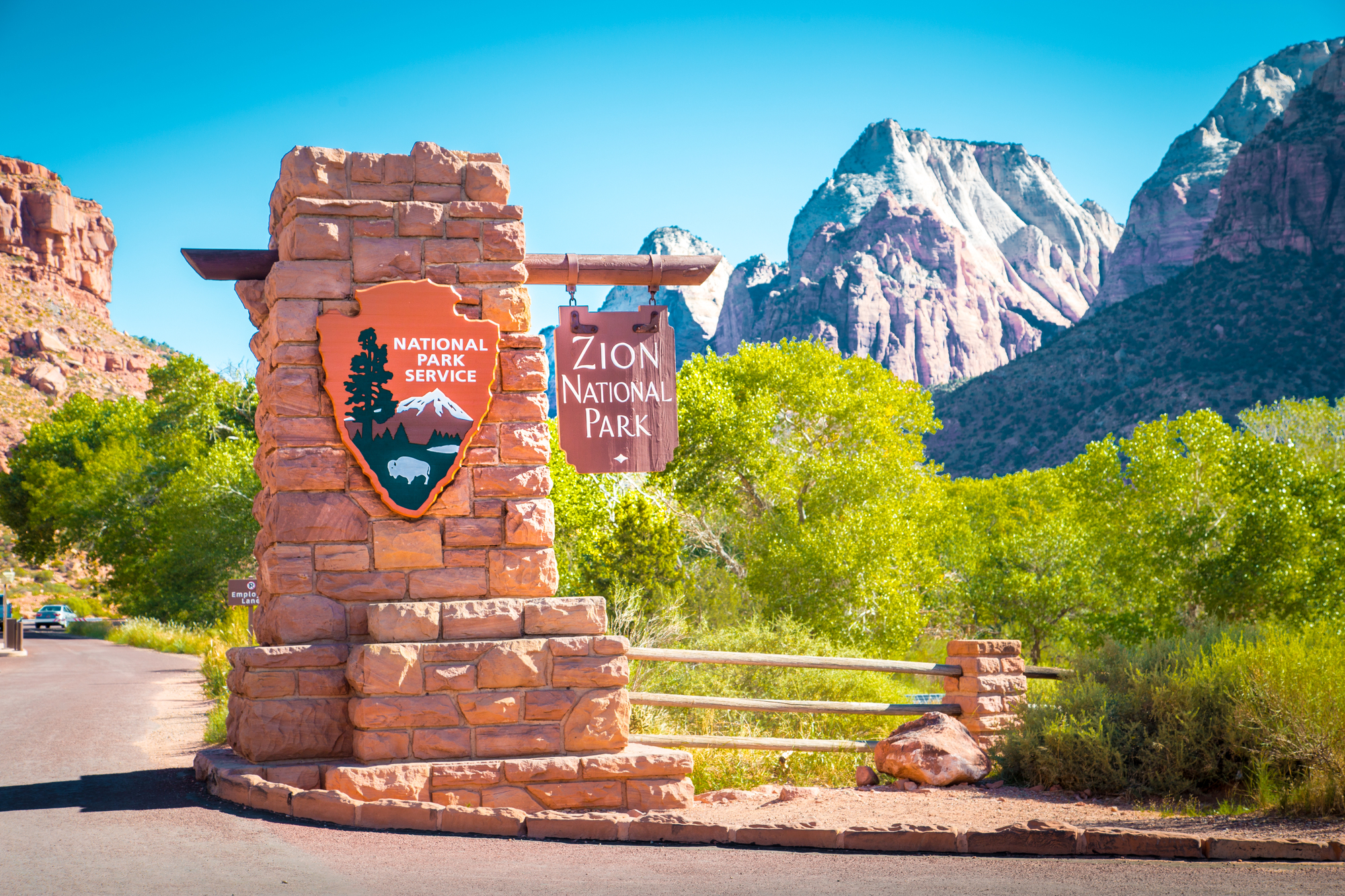
Zion captivates visitors with its massive sandstone cliffs that rise dramatically in shades of cream, pink, and red. The Virgin River has carved this stunning canyon over millions of years, creating one of America’s most beloved hiking destinations.
Popular trails like Angels Landing and The Narrows offer experiences that combine adventure with breathtaking views of the park’s 2,000-foot canyon walls.
Bryce Canyon National Park
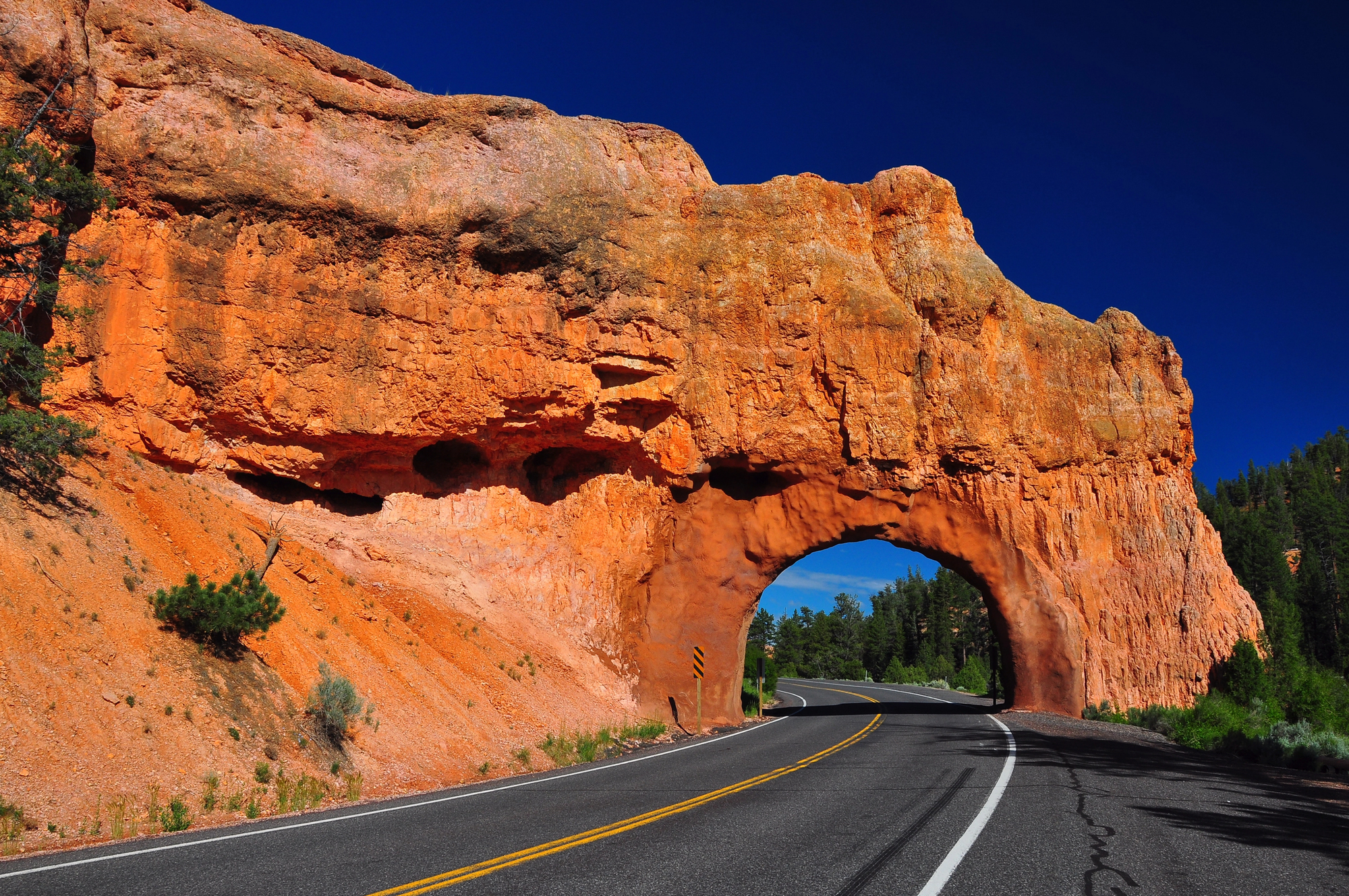
Despite its name, Bryce isn’t actually a canyon but rather a collection of giant natural amphitheaters filled with thousands of hoodoos—tall, thin spires of rock created by frost weathering and stream erosion. The distinctive orange, red, and white colors create an almost alien landscape that’s particularly magical at sunrise and sunset.
Walking among these stone formations feels like stepping into another world entirely.
Arches National Park
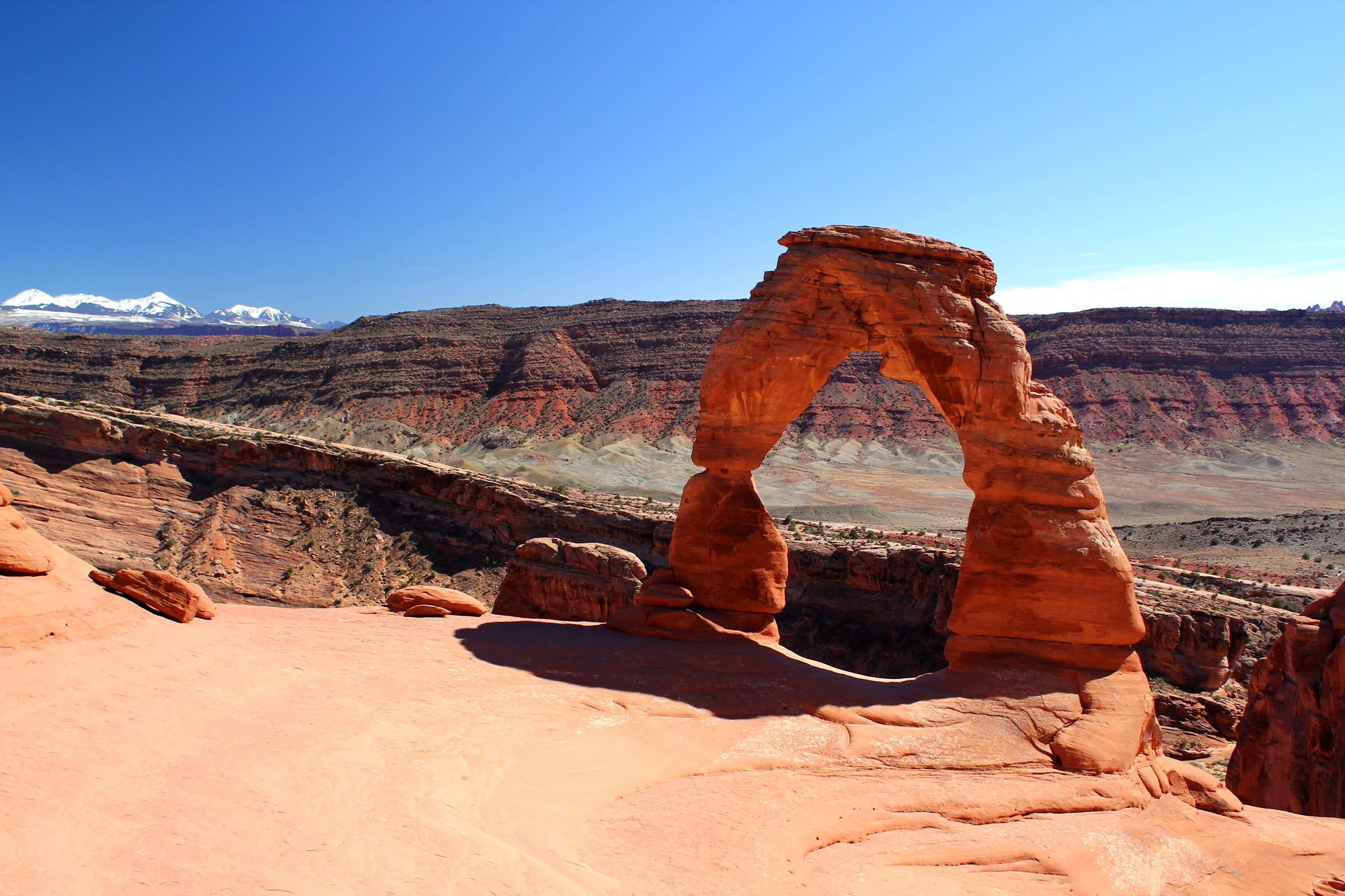
Home to over 2,000 natural stone arches, this park contains the highest concentration of these formations found anywhere on Earth. Delicate Arch stands as perhaps Utah’s most iconic natural landmark, appearing on license plates and countless postcards.
The park’s unique geology creates a playground of balanced rocks, fins, and pinnacles that seem to defy gravity against the backdrop of the La Sal Mountains.
Like Travel Pug’s content? Follow us on MSN.
Capitol Reef National Park
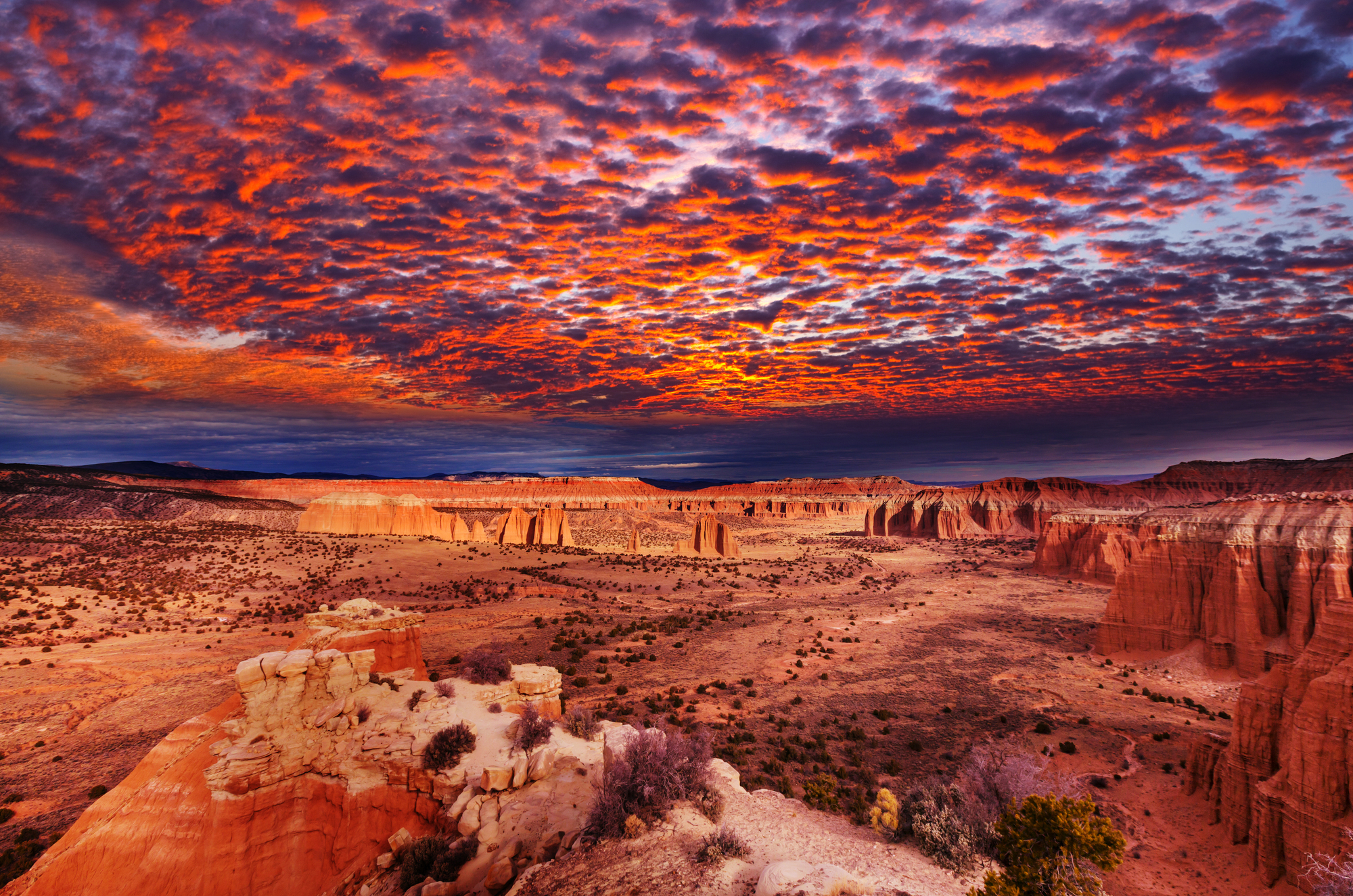
Often overlooked compared to its more famous neighbors, Capitol Reef features a 100-mile long wrinkle in the Earth’s crust called the Waterpocket Fold. Ancient petroglyphs carved by the Fremont culture dot the park, telling stories from 700-1300 CE.
The historic Fruita orchards, planted by Mormon settlers in the early 1900s, still produce fruit that visitors can pick during harvest seasons.
Canyonlands National Park

Carved by the Colorado River and its tributaries, Canyonlands is divided into four distinct districts: Island in the Sky, The Needles, The Maze, and the rivers themselves. Each section offers dramatically different experiences, from easy access to panoramic vistas to remote backcountry adventures that require serious preparation.
The park’s deep canyons, towering mesas, and stunning overlooks like Mesa Arch capture the essence of the American Southwest.
Natural Bridges National Monument
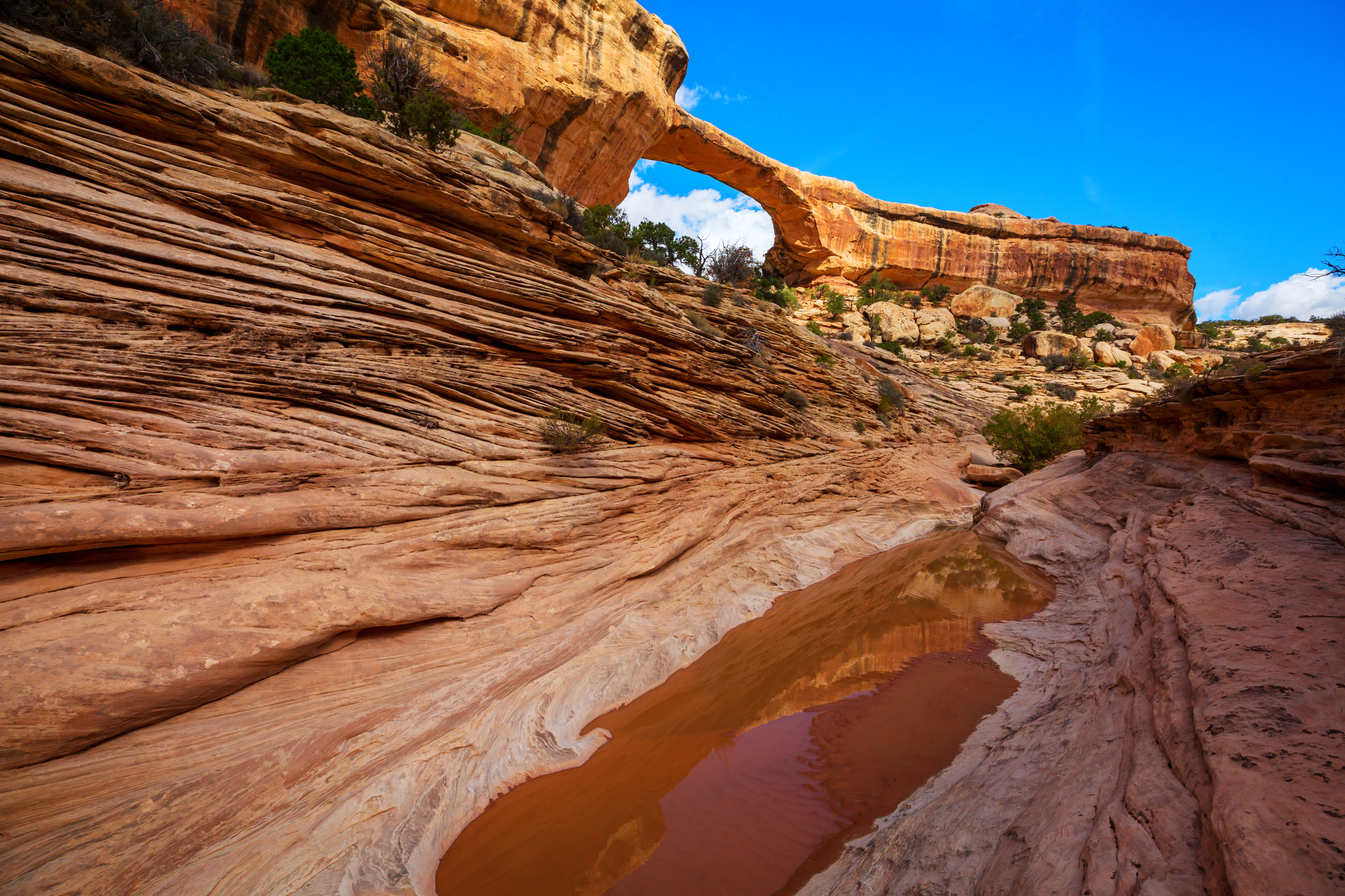
Three massive natural bridges named Kachina, Owachomo, and Sipapu grace this monument, formed when meandering streams eroded the canyon walls. These bridges rank among the largest natural bridges in the world, with Sipapu spanning an impressive 225 feet.
The monument also boasts some of the darkest night skies in the United States, making it a premier destination for stargazing enthusiasts.
Like Travel Pug’s content? Follow us on MSN.
Dinosaur National Monument
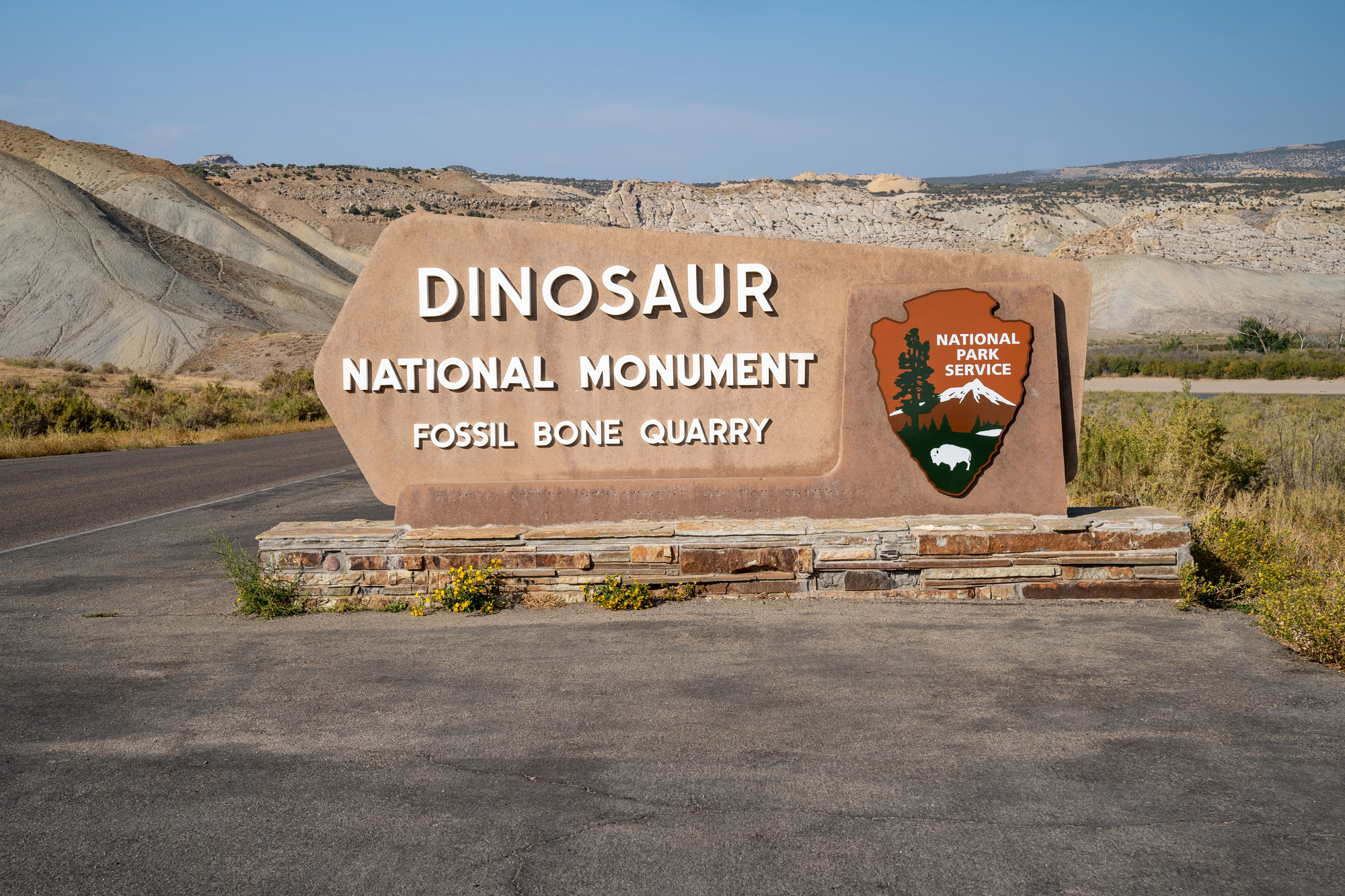
Straddling the Utah-Colorado border, this monument preserves one of the most productive fossil beds from the Jurassic period. The Quarry Exhibit Hall displays over 1,500 dinosaur bones still embedded in the rock where they were discovered.
Beyond fossils, the monument features spectacular canyon scenery along the Green and Yampa rivers, with petroglyphs telling the story of human habitation dating back thousands of years.
Cedar Breaks National Monument
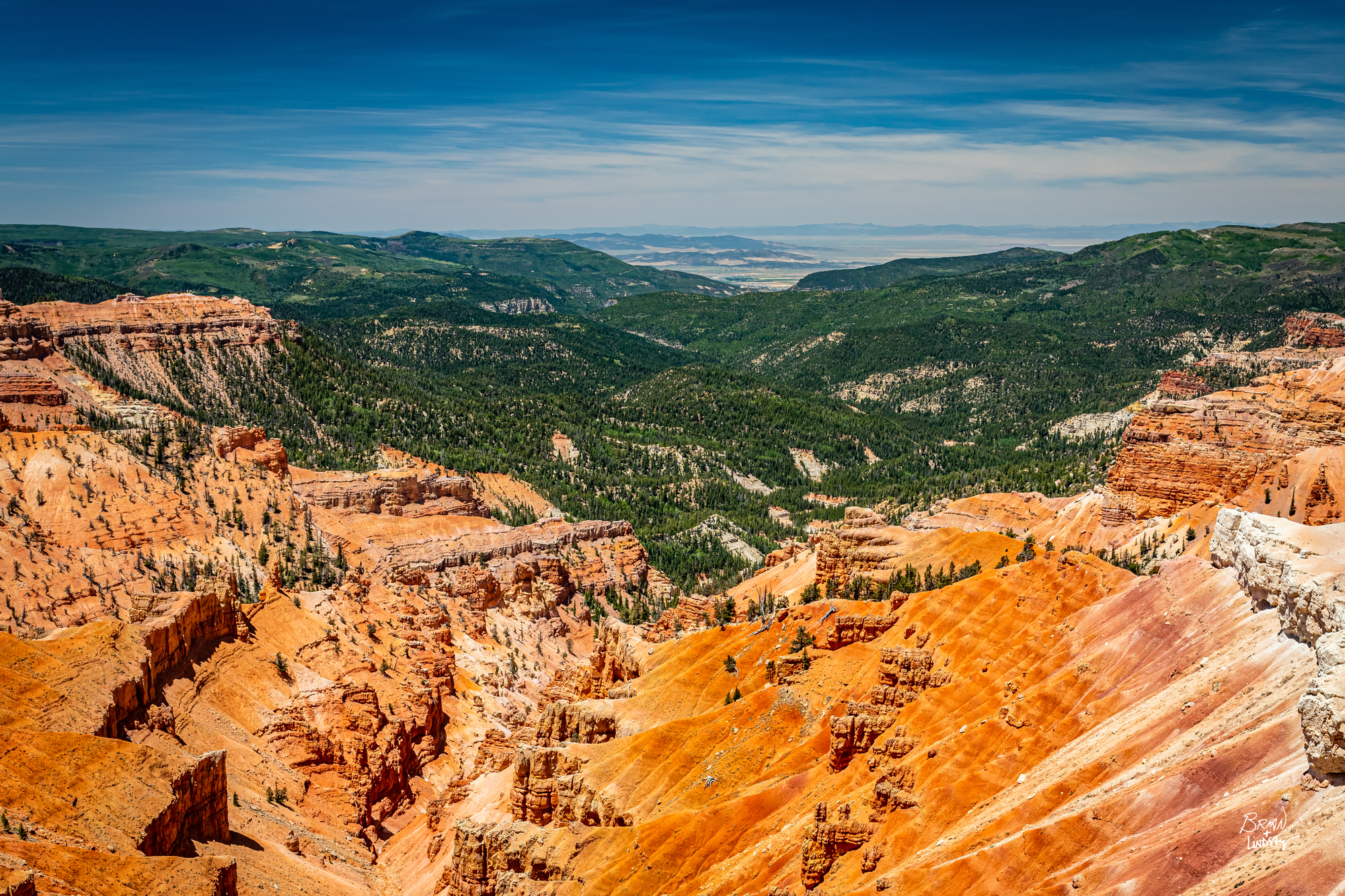
Often described as a miniature Bryce Canyon, Cedar Breaks features a natural amphitheater spanning three miles across and over 2,000 feet deep. Situated at over 10,000 feet elevation, the monument’s alpine setting includes wildflower meadows that explode with color during summer months.
The high altitude provides cooler temperatures than many other Utah parks, making it a refreshing escape during hot summer days.
Grand Staircase-Escalante National Monument
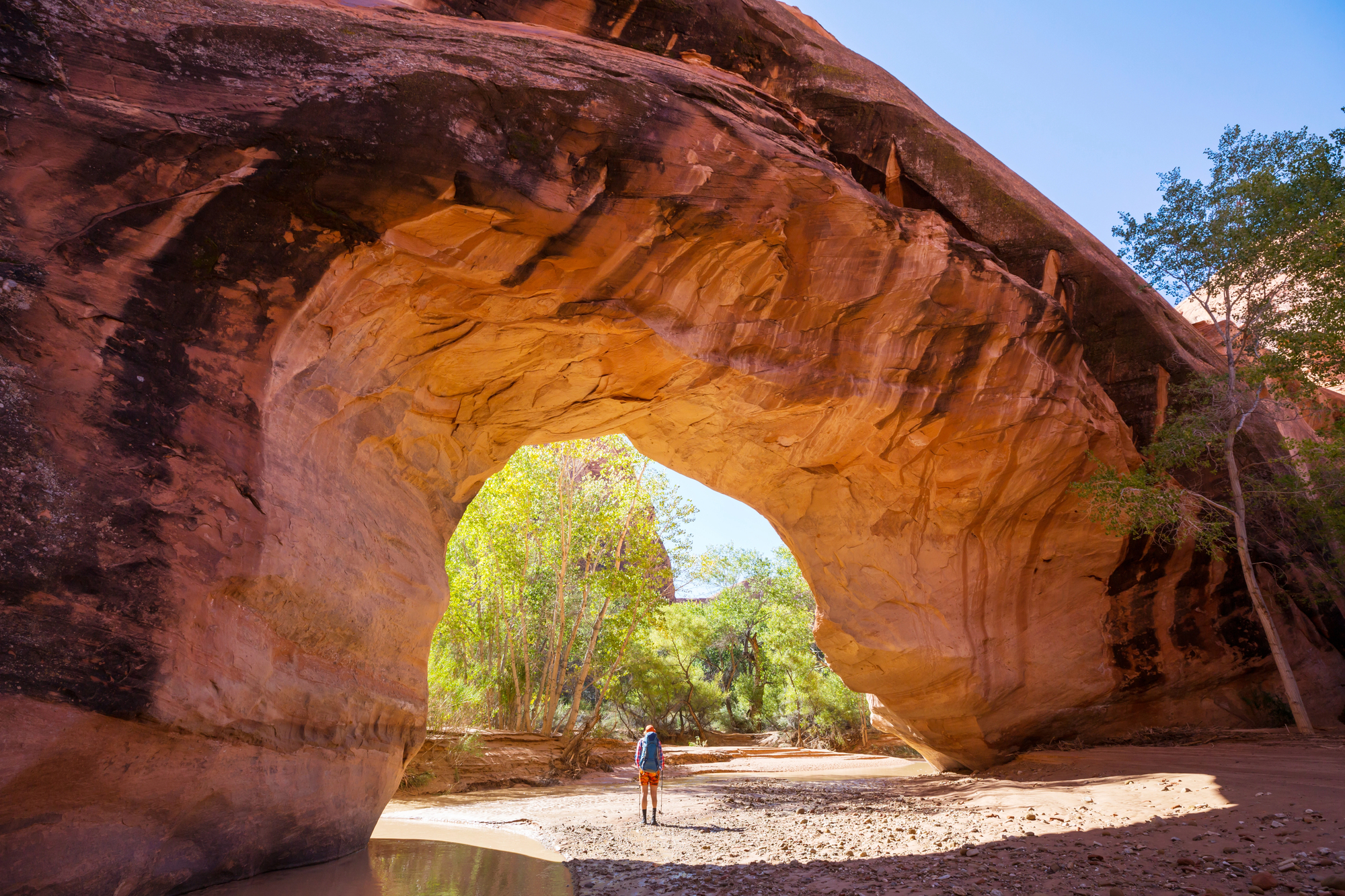
Encompassing nearly 1.9 million acres, this vast monument contains a sequence of sedimentary rock layers that represent nearly 275 million years of Earth’s history. The monument gets its name from the series of plateaus that descend from Bryce Canyon to the Grand Canyon, forming a geologic ‘staircase.’
Its remote slot canyons, like Peek-a-boo and Spooky Gulch, offer adventurous hikers intimate encounters with the region’s remarkable geology.
Like Travel Pug’s content? Follow us on MSN.
Hovenweep National Monument
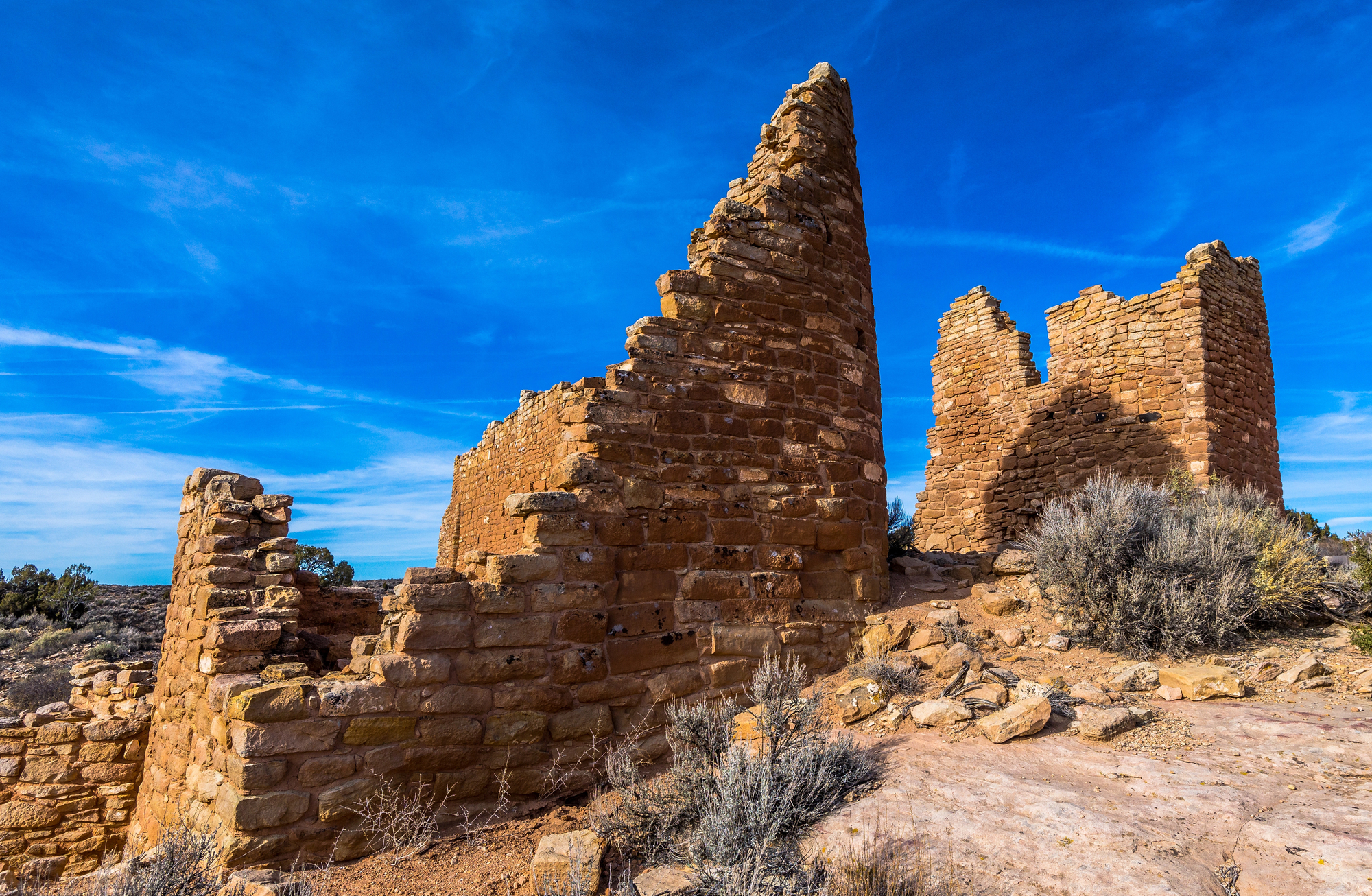
Preserving six prehistoric villages built between 1200 and 1300 CE, Hovenweep showcases the remarkable engineering skills of ancestral Puebloan people. The multi-story towers and structures are precisely aligned with seasonal astronomical events, showing the sophisticated understanding these ancient builders had of their environment.
The monument’s remote location ensures a peaceful, contemplative experience away from crowds.
Rainbow Bridge National Monument
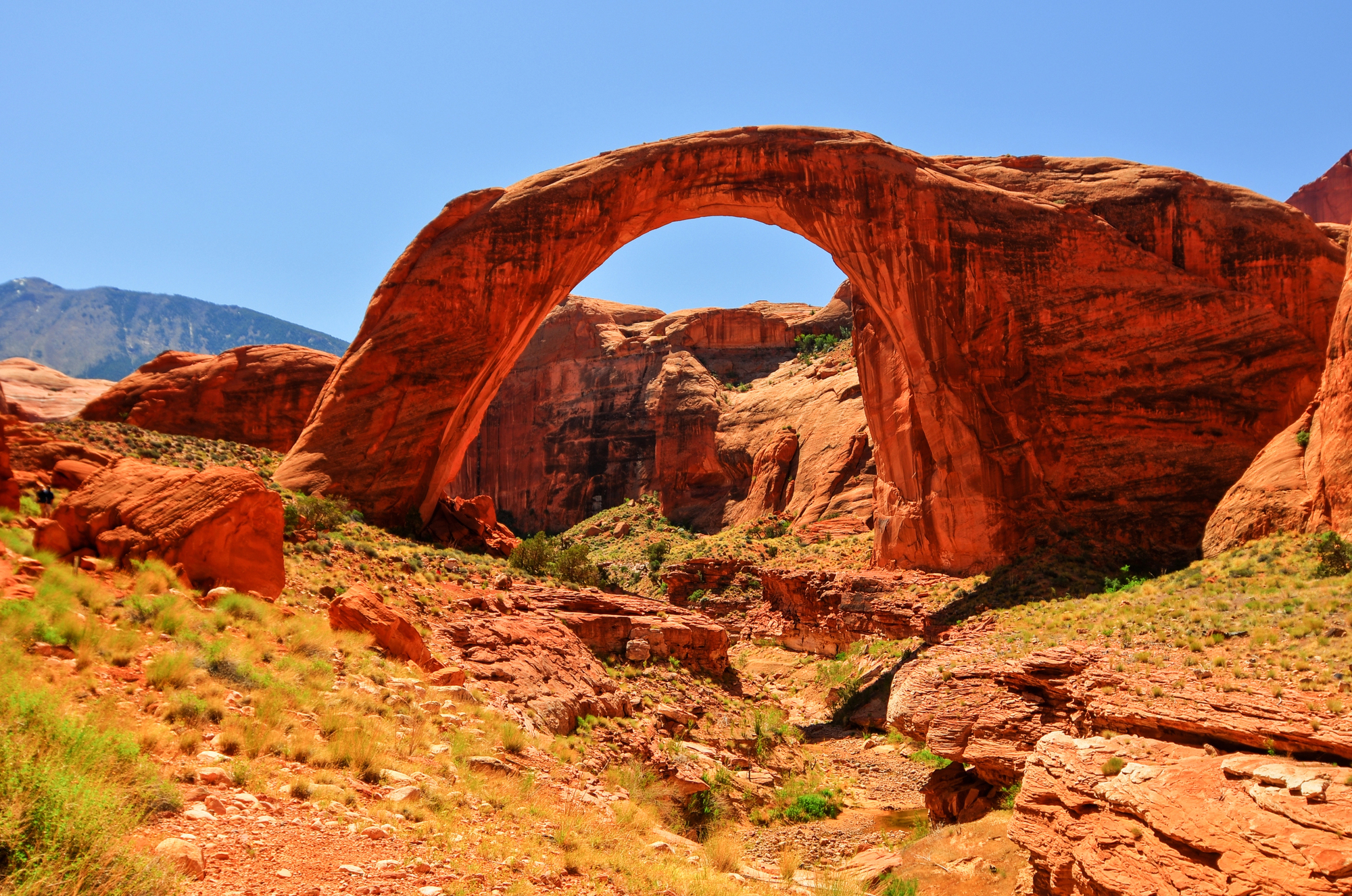
Located on Lake Powell, Rainbow Bridge is one of the world’s largest known natural bridges, spanning 234 feet wide and rising 290 feet above the canyon floor. Considered sacred by several Native American tribes, this massive sandstone arch requires either a boat ride across Lake Powell or a strenuous hike from the Navajo Nation to access.
The bridge’s remote setting enhances its profound impact on visitors who make the journey.
Bears Ears National Monument
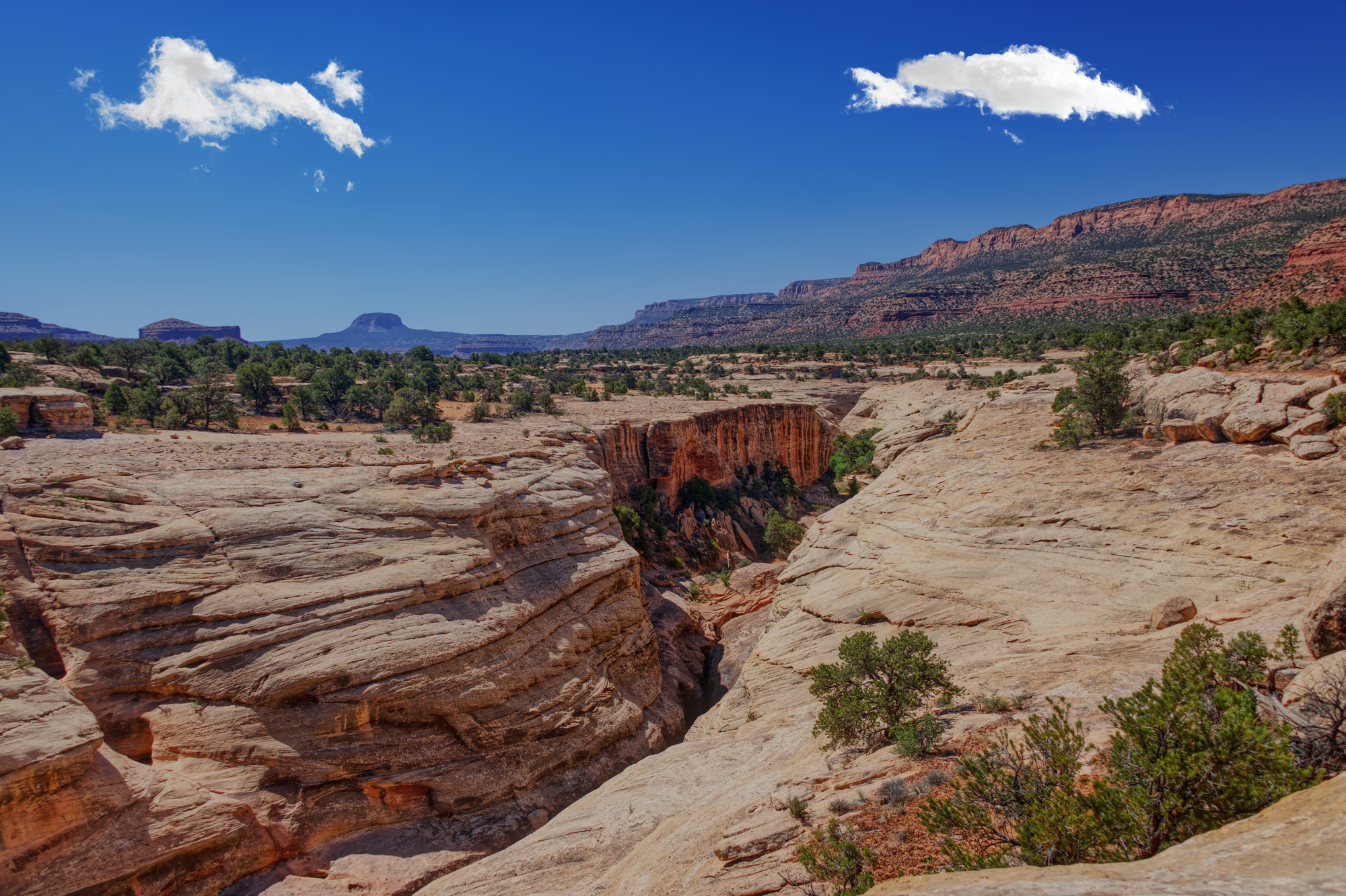
Named for two prominent buttes that resemble bear ears, this monument protects over 100,000 archaeological sites across its 1.36 million acres. Ancient cliff dwellings, ceremonial kivas, and rock art panels reveal over 13,000 years of human history in this culturally rich landscape.
The monument represents a collaboration between five Native American tribes who continue to use the area for traditional cultural practices.
Like Travel Pug’s content? Follow us on MSN.
Timpanogos Cave National Monument

Unlike Utah’s desert parks, Timpanogos features a system of three spectacular limestone caves nestled in the Wasatch Mountains. The caves showcase colorful formations, including helictites, stalactites, and stalagmites that have developed over thousands of years.
Accessing the caves requires a moderately strenuous 1.5-mile hike that climbs 1,000 feet in elevation, rewarding visitors with both surface and subsurface wonders.
Glen Canyon National Recreation Area
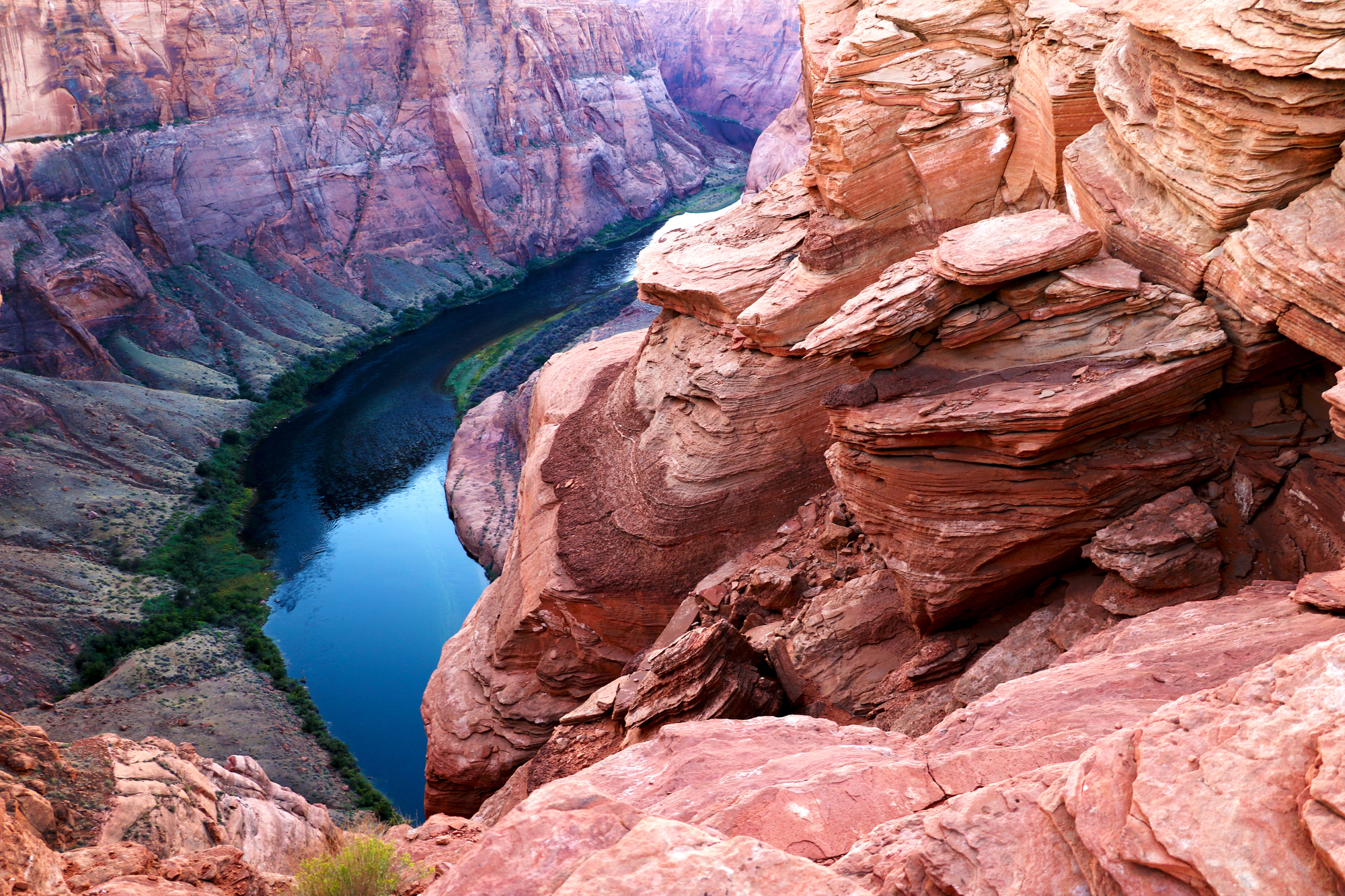
Surrounding the vast blue waters of Lake Powell, Glen Canyon offers a striking contrast to Utah’s red rock landscape. The recreation area encompasses 1.25 million acres of backcountry desert punctuated by warm water beaches, narrow slot canyons, and the rainbow-hued walls of Glen Canyon itself.
Boating on Lake Powell provides access to hidden coves and canyons that would otherwise remain unreachable.
Monument Valley Navajo Tribal Park
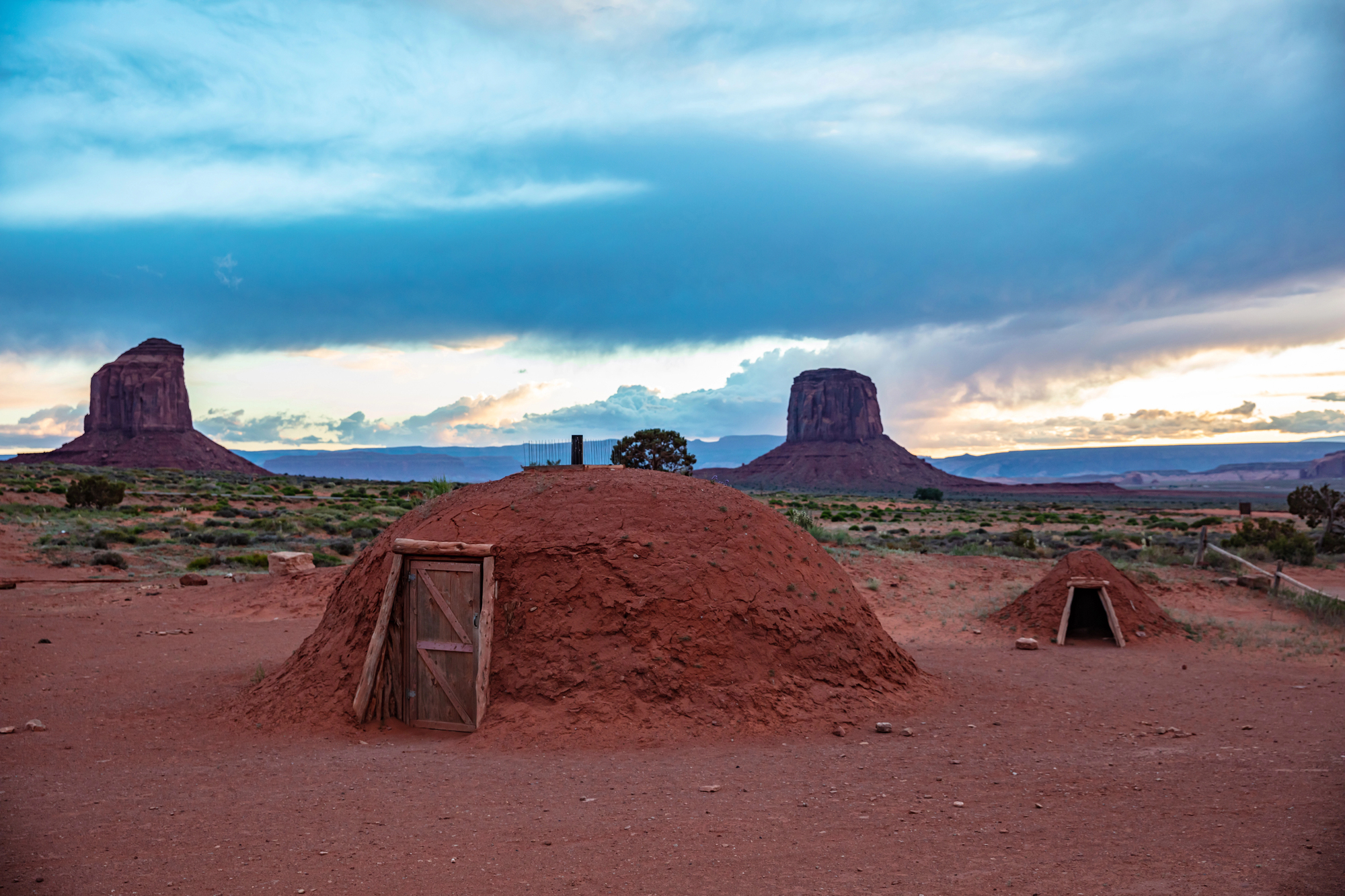
Though technically not a national park, this iconic landscape deserves mention for its globally recognized sandstone buttes that have starred in countless Western films. Located within the Navajo Nation, the park is managed by the tribe and represents some of the most photographed scenery in the American West.
The 17-mile scenic drive passes famous formations like the Mittens, Three Sisters, and Elephant Butte that seem to emerge directly from American cultural memory.
Like Travel Pug’s content? Follow us on MSN.
The Enduring Legacy of Utah’s Landscapes
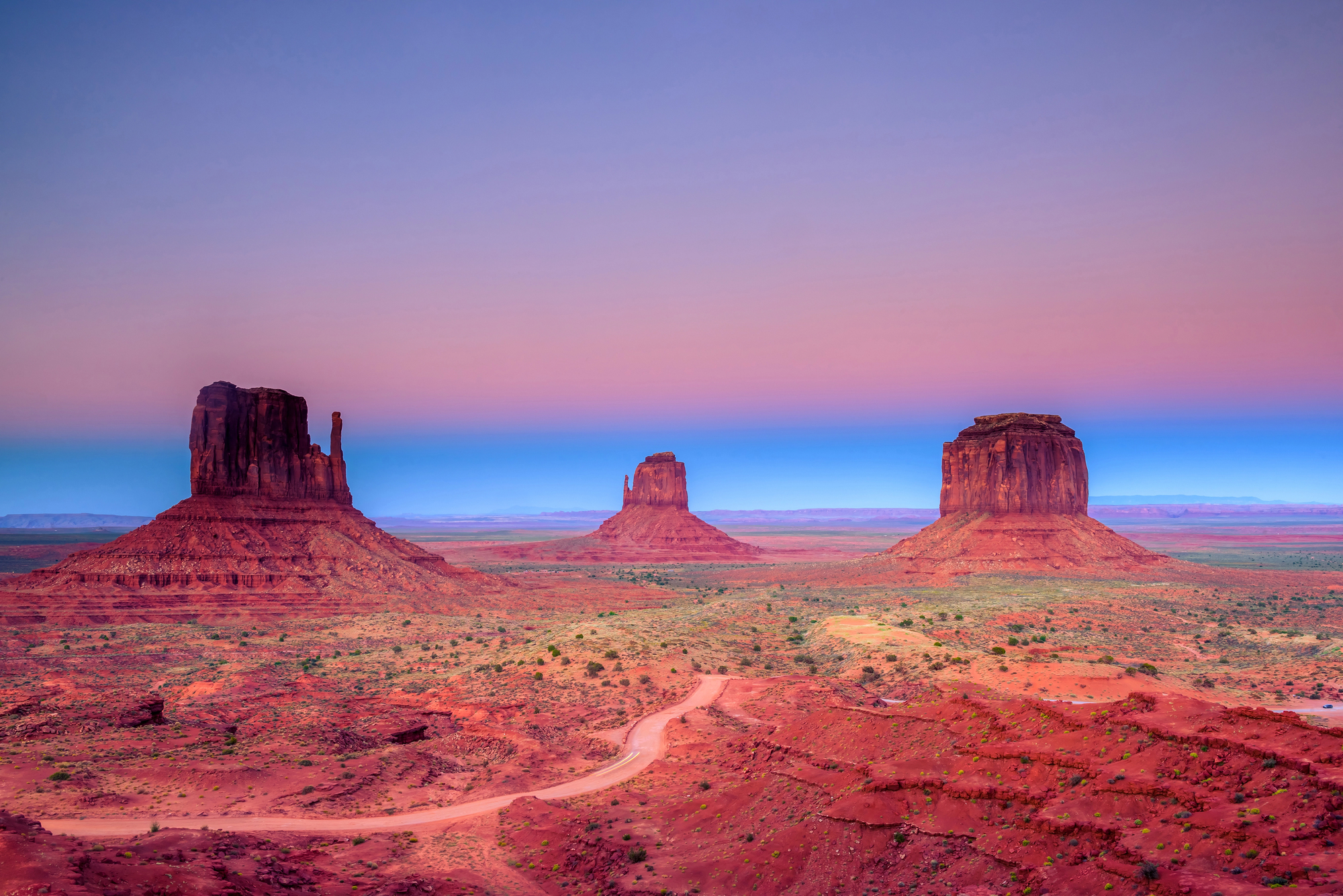
These protected spaces represent not just geological wonders but living museums of natural and cultural history spanning millennia. Utah’s national parks and monuments stand as testaments to America’s foresight in preserving these landscapes for future generations.
From ancient human settlements to formations dating back hundreds of millions of years, these parks connect visitors to both our planet’s deep history and our responsibility to safeguard these treasures against modern threats like climate change and development pressure.
More from Travel Pug

- Cities Growing so Fast You Won’t Recognize Them in 10 Years
- 13 Destinations Where Tourists Regularly Regret Their Trip
- 16 U.S. Cities That Are Quietly Becoming Travel Hotspots
- Where to Travel If You Love Long Bus Rides and Daydreams
- 20 Cities Perfect for Solo Travelers Who Crave Adventure & Culture
Like Travel Pug’s content? Follow us on MSN.
